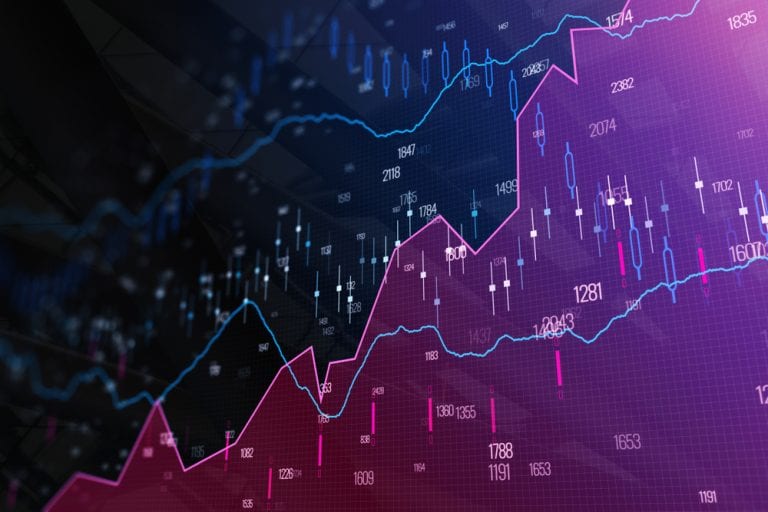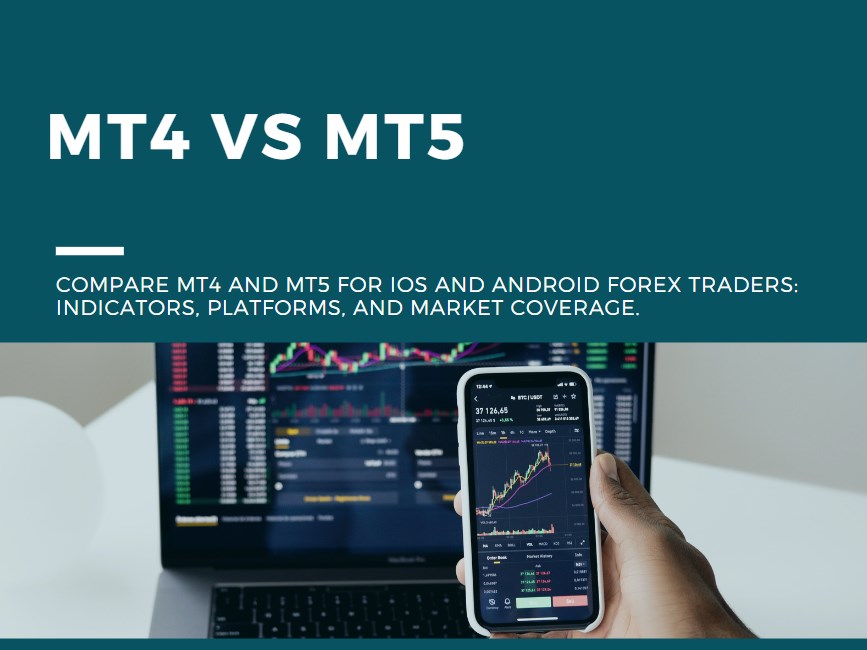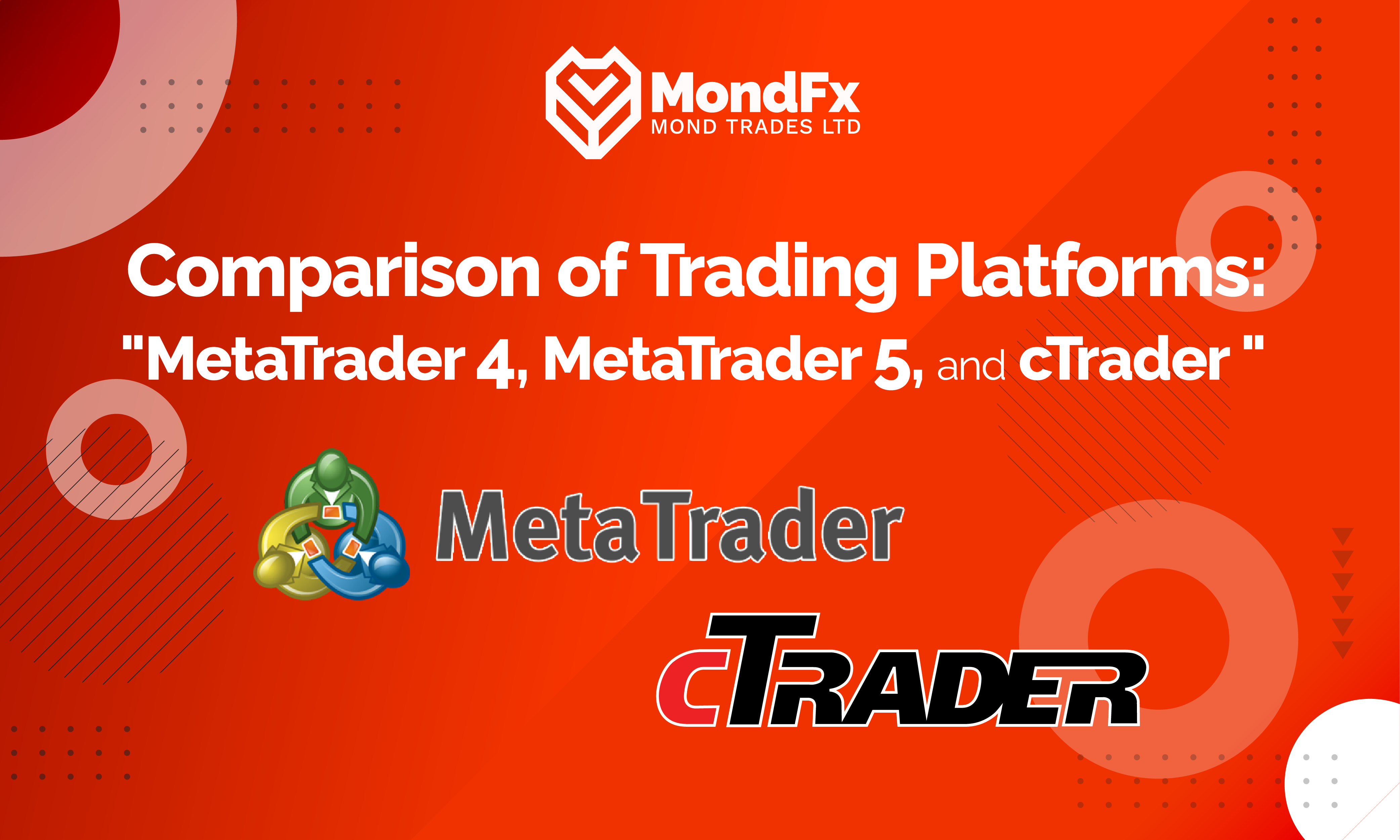In the Forex market, selecting the appropriate trading platform plays a crucial role in the success of traders. An efficient and reliable trading platform provides the necessary tools for market analysis, high-speed trade execution, and risk management. This article will discuss the importance of choosing the right trading platform for Forex traders.
The first important factor in selecting a trading platform is its reliability and stability. A trading platform should maintain consistent and uninterrupted performance under volatile market conditions and high trading volumes. Additionally, the security of traders’ personal and financial information is paramount. Therefore, choosing a platform that adheres to strong security standards is essential.
Beyond reliability, the speed of trade execution is also a key factor in traders’ success. In the Forex market, every second can make a difference. Hence, the trading platform must be capable of executing orders quickly and without delay. This feature allows traders to make the most of market opportunities.
Access to technical and fundamental analysis tools is also of great importance. A good trading platform should provide a wide range of indicators, charts, and analytical tools for traders. These tools help traders analyze the market, identify price patterns, and make more informed trading decisions.
Customer support is another significant factor in choosing a trading platform. A good trading platform should offer strong and responsive customer support services. In case of problems or questions, traders should be able to quickly and easily contact support and receive appropriate answers.
Finally, the costs associated with the trading platform should also be considered. Some platforms have monthly or annual fees, while others may have higher commission or spread costs. Traders should compare the various fees and choose a platform that aligns with their budget and trading style.
A Leading Platform in Forex Trading
MetaTrader 4, or MT4 for short, is an electronic trading platform widely used by retail foreign exchange traders. Developed by MetaQuotes Software and released in 2005, MT4 has become the standard benchmark in the field of Forex trading platforms over the years.
One reason for MT4’s popularity is its ease of use. The platform features a simple and intuitive user interface, making it accessible even for beginners. Additionally, MT4 offers extensive customization options, allowing traders to tailor the platform to their specific needs and preferences.
Key features of MT4 include a wide range of technical analysis tools. The platform includes hundreds of different technical indicators that help traders identify trends, patterns, and entry and exit points. Furthermore, MT4 allows for the drawing of various graphical objects, which are very useful for market analysis.
The ability to automate trades is another strong point of MT4. The platform supports the MQL4 programming language, which enables traders to create trading robots (Expert Advisors). These robots can automatically open and close trades based on predefined rules.
Despite being a powerful and popular platform, a newer version called MetaTrader 5 (MT5) has been released in recent years. MT5 comes with more advanced features and capabilities compared to MT4. However, MT4 remains a popular choice for many traders.
Upgrading the Trading Platform, MetaTrader 5
MetaTrader 5, or MT5 for short, is the advanced and upgraded version of the popular trading platform MetaTrader 4. Developed by MetaQuotes Software and released in 2010, MT5 is designed to provide traders with enhanced capabilities and performance.
One of the standout features of MT5 is its support for various financial markets. Unlike MT4, which primarily focused on Forex, MT5 allows trading in stock, commodities, futures, and Forex markets. This versatility makes MT5 an attractive choice for multi-asset traders.
Additionally, MT5 offers a more advanced programming environment known as MQL5, enabling the creation of more complex and efficient trading robots. This programming language also includes extensive libraries of functions and tools to assist developers in creating advanced trading strategies.
Other significant features of MT5 include Depth of Market (DOM), one-click trading, and advanced technical and fundamental analysis tools. Depth of Market provides traders with precise information about supply and demand levels for each currency pair or financial instrument. One-click trading increases the speed of order execution, while the advanced analysis tools assist traders in making informed decisions.
Overall, MetaTrader 5 is a powerful trading platform that offers more capabilities than its predecessor, MT4. However, the choice between MT4 and MT5 depends on each trader’s individual needs and preferences. If you are looking for a comprehensive platform with extensive features, MT5 could be a suitable option.

Advanced Trading Platform: cTrader
cTrader is a multi-asset trading platform that has gained increasing popularity among traders due to its high execution speed, depth of market, and extensive customization capabilities. Developed by Spotware Systems, this platform allows traders to access a wide range of markets, including Forex, commodities, stocks, and indices.
One of the standout features of cTrader is its execution speed. The platform employs advanced technology that enables traders to execute their orders quickly and accurately. This is particularly important for scalpers and those who require rapid market responsiveness.
cTrader is also recognized for its depth of market. It provides access to liquidity from multiple providers, resulting in competitive spreads and minimal slippage. This feature is highly attractive for traders looking for the best prices.
The customization capabilities of cTrader make it a popular choice among traders. The platform includes an internal programming language called cAlgo, which allows traders to create their own trading robots. Additionally, users can customize charts, technical analysis tools, and the user interface.
cTrader also includes a suite of technical and fundamental analysis tools that help traders better understand the market. These tools consist of technical indicators, advanced charts, and financial news.
In conclusion, cTrader is an advanced and powerful trading platform suitable for both professional and novice traders. With features such as high execution speed, depth of market, customization options, and comprehensive analytical tools, cTrader empowers traders to enhance their performance and achieve greater success in financial markets.
Main Applications of Trading Platforms
Trading platforms are essential tools for traders, each offering unique features and capabilities that make them suitable for specific types of trading. In this article, we will explore the primary applications of some popular trading platforms.
MT4 (MetaTrader 4)
As one of the oldest and most widely used trading platforms, MT4 is primarily utilized in the Forex market. Its popularity among retail traders stems from its user-friendly interface and high customization options. MT4 is also used for trading CFDs (Contracts for Difference) on stock indices, commodities, and cryptocurrencies.
MT5 (MetaTrader 5)
MT5 is the upgraded version of MT4, providing additional features and capabilities. In addition to Forex trading, MT5 is suitable for trading stocks, commodities, cryptocurrencies, and futures. It also offers more advanced tools for technical analysis and trade automation.
cTrader
cTrader is a trading platform based on advanced technology that has gained attention from professional traders due to its high execution speed and advanced automation capabilities. This platform is primarily used for Forex and CFD trading.
Each of these platforms caters to different trading needs, making them invaluable resources for traders looking to optimize their trading strategies.
Other Platforms
In addition to the mentioned platforms, there are several others that are suitable for specific markets or types of trading. For example, some platforms specialize in futures, options, or cryptocurrencies. Here are a few notable examples:
TradingView
TradingView is recognized as a technical analysis platform and a social network for traders. It is highly popular among traders due to its powerful charting tools, diverse indicators, and the ability to share ideas. While TradingView is primarily used for market analysis and education rather than executing trades, some brokers do allow users to connect their trading accounts to TradingView.
Ultimately, the choice of a trading platform depends on various factors, including the type of market, trading style, technical analysis needs, automation capabilities, and costs. It’s important to carefully assess your requirements before selecting a platform that best meets your needs.

Comprehensive Comparison of Trading Platform Features and Capabilities
Choosing the right trading platform is a crucial decision for every trader. Each platform has unique features and capabilities that make it more suitable for specific types of trading. The following table compares the main features of several popular trading platforms to help you make a better choice.
|
Feature |
|
MetaTrader 5 |
|
|
|
||||||||
|
User Interface & Experience |
Simple, customizable, diverse charts |
Similar to MT4, more features |
Very visual, diverse drawing tools |
Modern, minimalist |
Diverse, platform-dependent |
||||||||
|
Trading Tools |
Various order types, trade automation, risk management |
Broader than MT4, more professional features |
Primarily technical analysis, broker connection |
Advanced automation, high speed |
Diverse, platform-dependent |
||||||||
|
Market & Financial Instrument Support |
Forex, CFDs |
Forex, CFDs, stocks, commodities, futures |
Forex, CFDs, stocks, commodities, cryptocurrencies |
Forex, CFDs |
Diverse, platform-dependent |
||||||||
|
Execution Speed & Stability |
Good |
Better than MT4 |
Very fast for analysis |
Very fast |
Diverse, broker and platform-dependent |
||||||||
|
Data Security & Protection |
Standard |
Standard |
Standard |
High |
Depends on broker and security standards |
Each of the mentioned platforms has its own specific advantages and disadvantages. To choose the best platform, first clearly identify your needs and then compare the platforms that match those needs. You can also use demo accounts provided by brokers to practically experience the platforms before making a final decision.
Comparison of Order Execution Speed
The speed of order execution is one of the most important factors in selecting a trading platform. Any second of delay can lead to missed trading opportunities or increased risk. In this regard, different platforms have significant differences.
cTrader: Generally, cTrader has a very high order execution speed due to its advanced architecture. This platform supports Direct Market Access (DMA) technology, meaning it connects directly to financial markets and reduces delays caused by intermediaries.
MetaTrader 5: MT5 also has good order execution speed, but it is not as fast as cTrader. However, this platform provides sufficient speed for most traders.
TradingView: TradingView is primarily a technical analysis platform and requires connection to other brokers for order execution. Therefore, the speed of order execution on TradingView depends on the broker being used.
Platform Stability
Platform stability refers to its reliability and uninterrupted performance. A stable platform works correctly even in volatile market conditions, allowing you to continue your trading without interruptions.
cTrader: cTrader rarely experiences disruptions due to its robust and stable architecture.
MetaTrader 5: MT5 also has good stability but may encounter issues in some cases.
TradingView: As a web-based platform, TradingView relies on your internet stability. If your internet connection is interrupted, you cannot access the platform.
Required Bandwidth
The bandwidth required for using a trading platform depends on various factors, including the quality of your internet connection, the number of open charts, and the analytical tools used.
cTrader: Generally, cTrader does not require high bandwidth.
MetaTrader 5: MT5 also needs moderate bandwidth.
TradingView: Due to the use of interactive charts and advanced analytical tools, TradingView may require more bandwidth.
Latency in Data Reception
Latency in receiving market data can negatively impact your decision-making. The greater the delay, the higher the likelihood of missing trading opportunities.
cTrader: cTrader typically has very low latency in receiving market data.
MetaTrader 5: MT5 also has low latency, but minor delays may be observed in certain cases, especially in volatile markets.
TradingView: Latency in receiving data on TradingView depends on the connected broker and the quality of your internet connection.
Choosing a trading platform based on your needs and preferences is very important. If order execution speed and stability are your priorities, cTrader is a suitable option. If you are looking for a platform with extensive technical analysis capabilities, TradingView could be a good choice. MT5 is also a versatile option that is suitable for most traders.

Comparison of Costs and Access to MT4, MT5, and cTrader Platforms
In this fourth comparison section, we will examine the costs and access methods for trading platforms. These factors, along with performance and features, play a significant role in selecting the appropriate platform.
Costs of Using the Platform
MetaTrader 4 (MT4) and MetaTrader 5 (MT5): Typically, the MT4 and MT5 platforms are offered for free by brokers. The main costs for traders are the spreads (the difference between buying and selling prices) and commissions charged by the broker. Some brokers may charge monthly or annual fees for access to advanced tools or additional services.
cTrader: cTrader is also often provided for free by brokers. However, some brokers may charge additional fees for access to certain advanced features.
Installation and Access Methods for Platforms
MetaTrader 4 (MT4) and MetaTrader 5 (MT5): These platforms are usually available as downloadable software for installation on computers. They also have mobile and web-based versions. To access these platforms, you typically need to open a trading account with a broker.
cTrader: cTrader is available as downloadable software for installation on computers and mobile devices. Additionally, a web-based version is also available. To access cTrader, you need a trading account with a broker that supports this platform.
Customer Support
MetaTrader 4 (MT4) and MetaTrader 5 (MT5): Customer support for these platforms is usually provided by the broker. The quality and speed of responses to user inquiries depend on each broker’s support policies. Some brokers offer 24/7 support, while others may have time limitations.
cTrader: cTrader is also generally supported by brokers. However, some brokers may provide more specialized support for cTrader.
Final Thoughts
In general, the main costs associated with using these platforms are the spreads and commissions charged by brokers. The MT4, MT5, and cTrader platforms are typically provided to traders for free, with the main differences lying in additional features and the level of support offered. When choosing the right platform, in addition to costs, it’s important to consider factors such as execution speed, stability, technical analysis tools, and customer support.
Ultimately, selecting the appropriate trading platform is a crucial decision for forex traders that will impact their success. By considering various factors such as reliability, execution speed, analytical tools, customer support, and costs, traders can choose a platform that meets their needs and helps them succeed in the competitive forex market.



